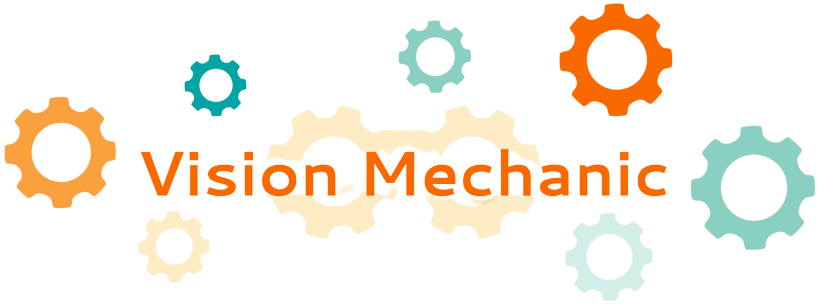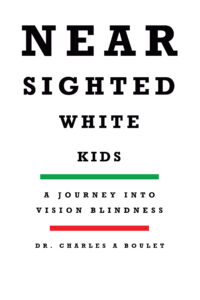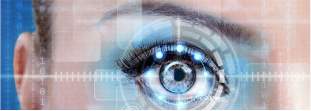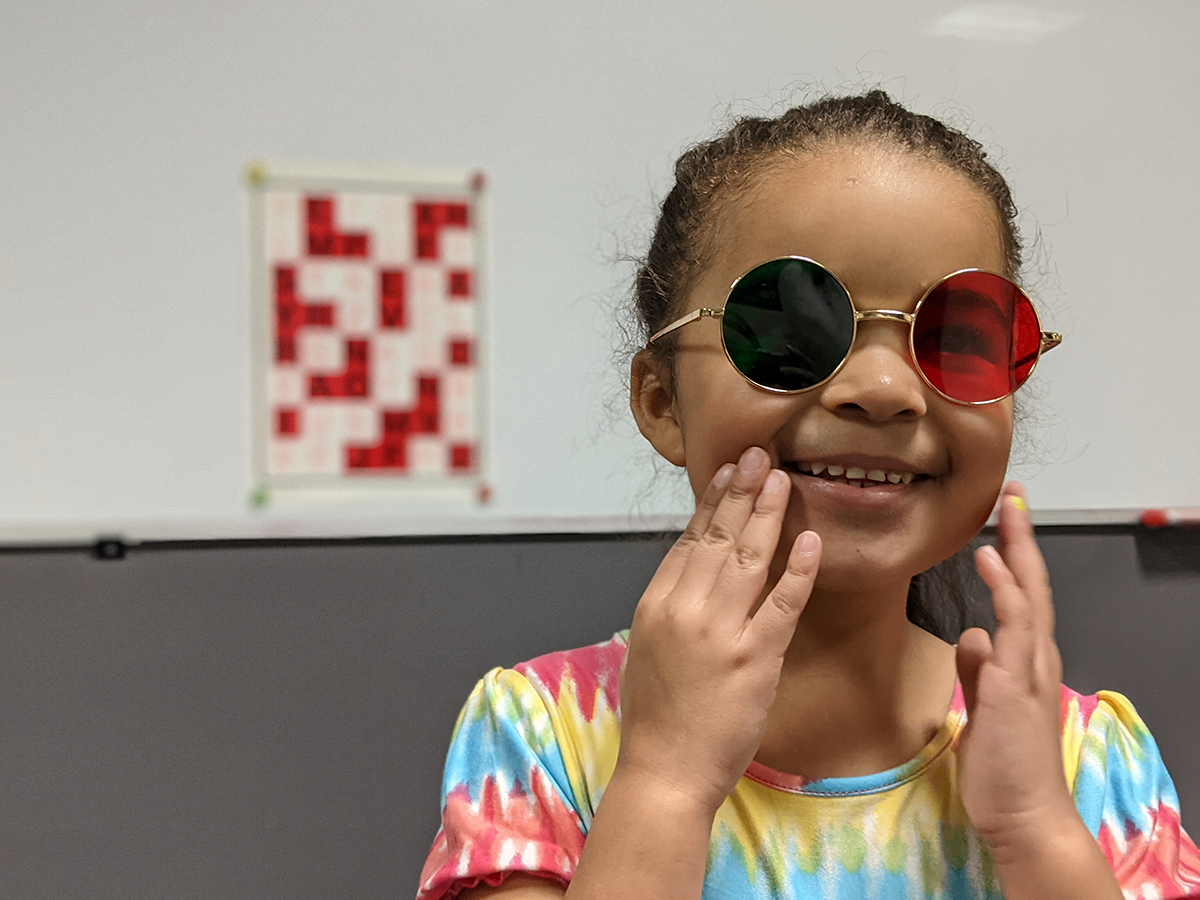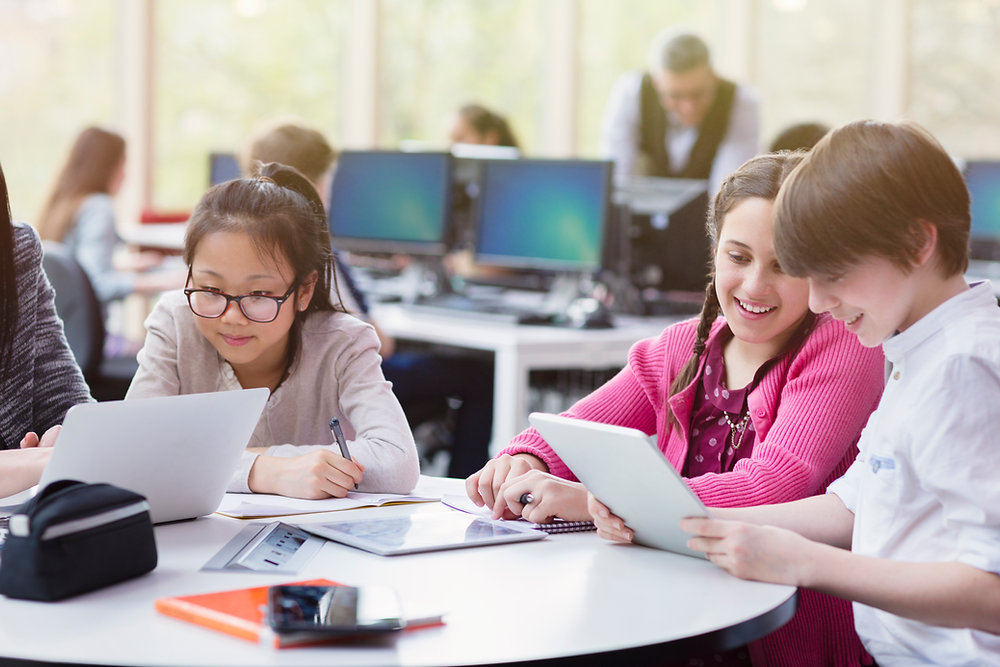Purpose: To develop fine eye-hand directionality control in a three-dimensional setting.
Materials: Pegboard or ceiling tile, pegs, various and sundry objects (balls, blocks, glass of water, etc.), flashlight with exposed bulb or penlight, a piece of plexiglass approximately 3 inches by 6 inches (provided).
Procedure:
1. Arrange the pegs on the pegboard in the form of a maze, with blind alleys or dead ends.
2. Place the flashlight between the pegboard and the patient.
3. The patient is to hold the plexiglass in both hands between the pegboard and the flashlight.
4. Place the flashlight so that the reflection of the light will be seen in the plexiglass and projected to the pegboard side. It can be maneuvered, manually, by rotating and tilting the plexiglass.
5. The object is to control the position of the reflected light and move it through the maze as accurately as possible. Avoid bumping into the pegs, lowering it below the surface or above the pegs.
6. As an alternate method, place various size marbles, balls, toy soldiers, blocks, small containers, a glass of water randomly on a table. Patient is asked to move the reflection around edges on top of, behind, inside of, to the right or left of the various objects.
Aspects to be emphasized:
1. The home assistant should position himself behind the patient so that the reflected flashlight bulb can be seen in the plexiglass. Since this is a plain mirror reflection, the position of the reflection see by the patient and the assistant will be the same.
2. Another way to estimate the distance of the reflected light behind the plexiglass is to view the table from above. The reflected light will be as far behind the reflecting surface as the real light is it front of it.
3. Observe the accuracy of the movement of the relfection through the maze of from one object to another. This is a measure of the accuracy of the visual predictions and the manual dexterity, as well as a measure of the relationship between the two.
